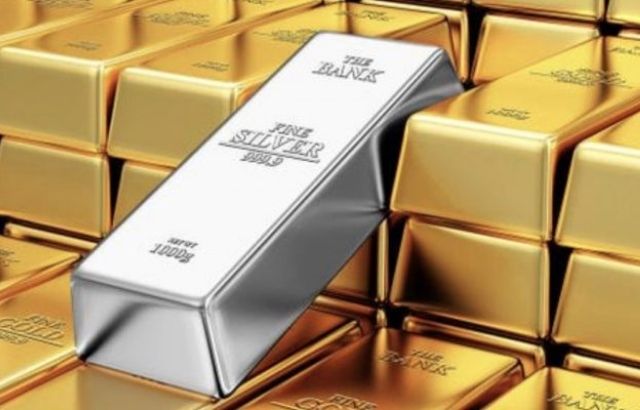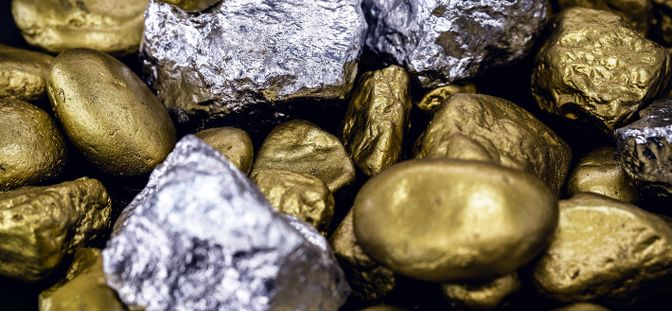
Gold and silver are valuable metals used as money. Silver is used as money to a lesser extent. Gold and silver are best used as a store of value as money. Sometimes this is called “hoarding”. The problem with gold and silver as money is that they are exceptionally useful for electronics, dentistry, medicine, and for decoration. If everyone hoards gold and silver, there will be less available for these important uses, so governments will demonetize the use of gold and silver as money. Then people will have to use some other medium of exchange. The most likely candidates are paper money and electronic money, both of which are more convenient to use than gold and silver.
Alaska is one of the wealthiest states in the US. Alaska is blessed with natural resource, minerals and oil and gas. Alaska has many kinds of minerals such as gold, silver, iron, copper, platinum and many more. Some important minerals of Alaska are lead and zinc. Alaska has the highest gold mines in the country. The average value of gold mined in Alaska is about $200 million annually. However, the average value of silver mined in Alaska is about $49 million annually.
Alaska contains mineral deposits of gold and silver. In 1883, gold was discovered in the vicinity of Juneau, Alaska and the resulting gold rush led to the Juneau area becoming a major producer of gold. The Juneau Gold Rush ended shortly after it began with the Gold Rush of 1890. Gold production from the Juneau area has been intermittent. In the late 19th century, gold and silver were extracted from the Kennecott Copper Mine near Juneau. Silver was mined from the Kennecott mine for almost 100 years. In the modern era, gold has been produced from the Greens Creek Mine near Haines and the Nome gold deposits. Between 1906 and 1942, Kennecott produced gold, lead, and zinc from both underground and open pit mines. In 1982, Alaska’s Greens Creek Mine became the largest gold mine in North America. Gold was last mined at Greens Creek in 2005.
















